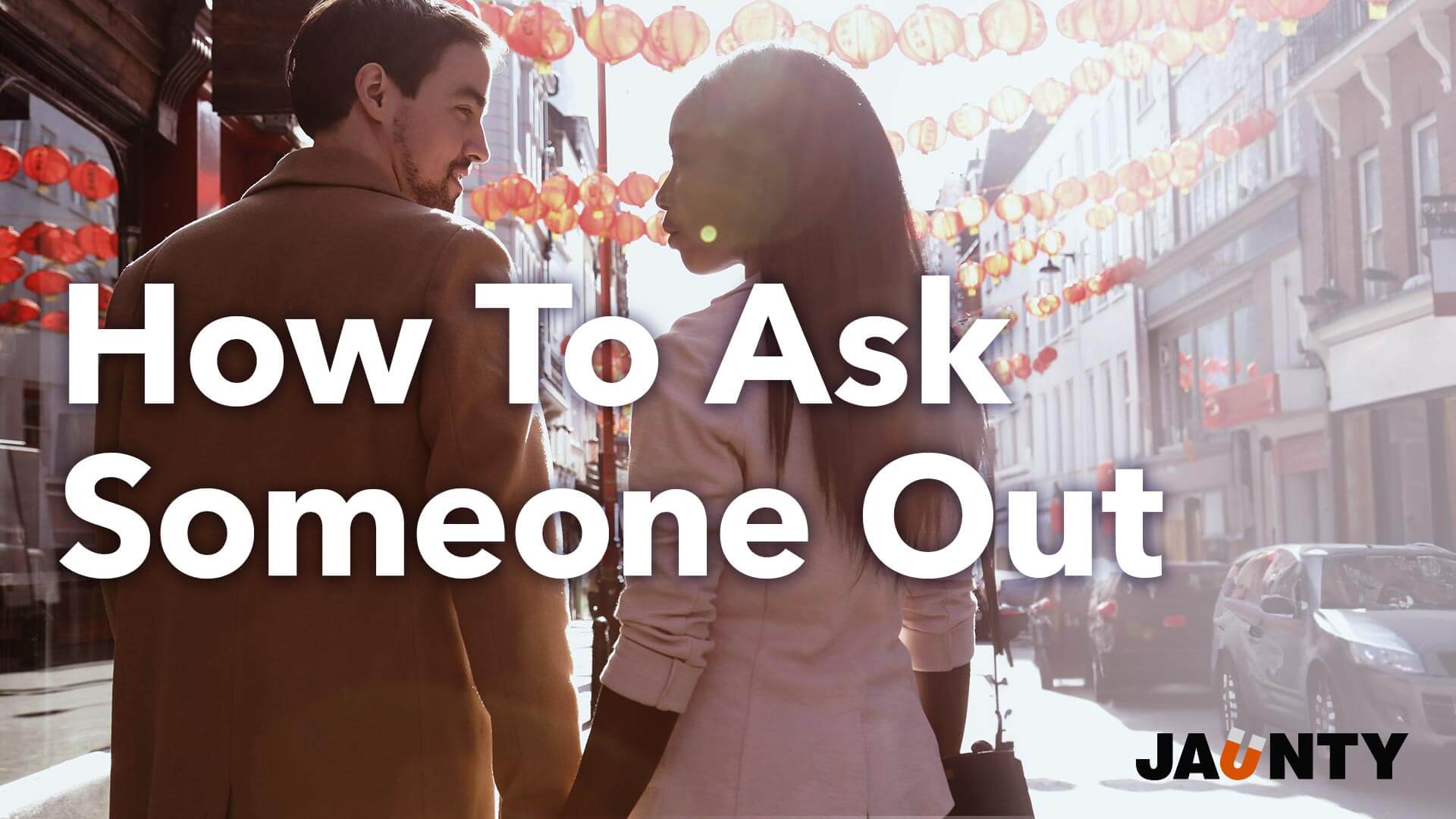Thoughtful gestures are small, considerate actions that demonstrate your interest in and attentiveness to the other person. In flirting, thoughtful gestures can create a sense of connection and help build rapport.
Thoughtful gestures can range from verbal expressions like compliments, sending sweet messages, and sharing positive sentiments to physical actions like giving a firm hug or opening a door for someone. The key element in thoughtful gestures is genuine care and attention to the other person’s needs and preferences.
Why are thoughtful gestures important?
Thoughtful gestures are essential to building and maintaining a relationship as they can foster a deeper sense of connection, affection, and rapport between people. They demonstrate your care and attention shown towards another person, which makes them feel appreciated and valued. In a wider context, thoughtful gestures contribute to a positive and supportive atmosphere, socially, in business, as well as romantic relationships.
How can I practice thoughtful gestures?
Practicing thoughtful gestures involves developing empathy and attentiveness. Pay attention to the other person’s needs, interests, and comfort levels. It could be as simple as listening attentively when they speak, offering assistance when needed, or expressing appreciation for them. Remember, the aim is to be genuine and considerate, and to avoid emotional manipulation or making extravagant displays.
Can thoughtful gestures be misinterpreted?
Yes, thoughtful gestures can sometimes be misinterpreted, especially if the other person is not comfortable with your actions or if your gestures don’t align with their personal boundaries. It’s important to be aware of the other person’s comfort level and respect their boundaries when expressing your care and appreciation.
How To Show You Care With Thoughtful Gestures
Practicing thoughtful gestures effectively is an art that strengthens relationships and creates a sense of warmth and positivity. Whether it’s in a personal or professional context, being mindful and considerate of others can go a long way. It requires understanding, empathy, and a genuine desire to uplift those around you. The following steps will guide you on this journey of spreading positivity through thoughtful gestures.
1. Understand the Other Person’s Preferences
Every individual is different, and what might seem thoughtful to one person might not be the same for another. To practice thoughtful gestures effectively, invest time in understanding the preferences of the person you’re interacting with. Pay attention to what they value, what makes them happy, and what their comfort levels are. This understanding is the foundation of any thoughtful gesture.
2. Be Genuine and Considerate
A key aspect of thoughtful gestures is authenticity. These gestures should not be used as a form of manipulation or be overly extravagant. They should come from a place of genuine care and consideration for the other person. Keep it simple and heartfelt. Sometimes, the simplest actions, like a warm smile or an earnest compliment, can have the greatest impact.
3. Practice Attentive Listening
A significant part of being thoughtful involves attentive listening. When engaging in conversation, put away distractions, especially your cellphone, and listen to the other person with full attention. Let them know you value their thoughts and feelings. This kind of attentive listening is in itself a thoughtful gesture.
4. Be Proactive in Offering Assistance
Thoughtful gestures often involve acts of assistance. Open the door for someone, give them a hand to get up from a chair or a car, bring someone a refreshment without them asking for it. These proactive acts of kindness show that you are considerate of their needs and ready to help.
5. Show Appreciation Openly
Express your appreciation for others openly and sincerely. Tell others what you appreciate about them. It could be a simple compliment about something they did well or a trait you admire in them. This is a great way to show that you notice and value them.
6. Respect Personal Boundaries
While practicing thoughtful gestures, it’s important to respect the other person’s personal boundaries. This includes physical boundaries, personal space, and comfort levels. If you’re unsure, it’s always better to ask or gauge their comfort through their reactions.
7. Keep Practicing
Like any other skill, practicing thoughtful gestures gets better with time and practice. Remember that the goal isn’t perfection, but the sincere desire to create a positive atmosphere and make others feel valued and cared for. So, keep practicing.
And if you’re struggling to show someone you care, consider attending social skills classes for adults to improve your communication and interpersonal skills. You’ll find that they not only benefits those you care about, but they also enhance your own quality of life and emotional well-being.





